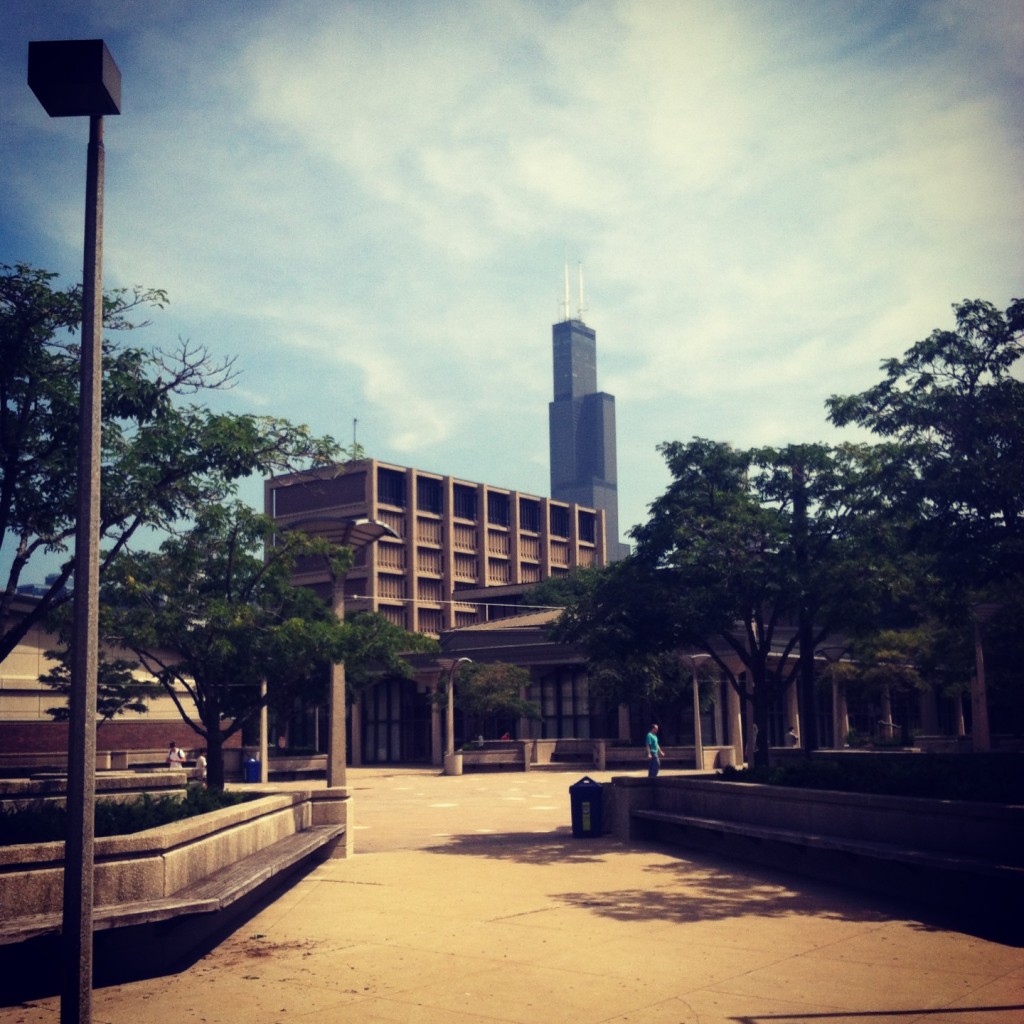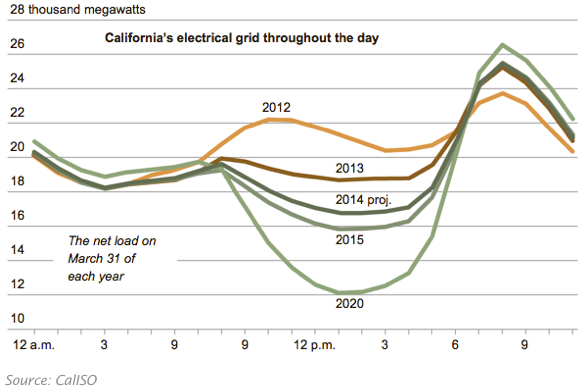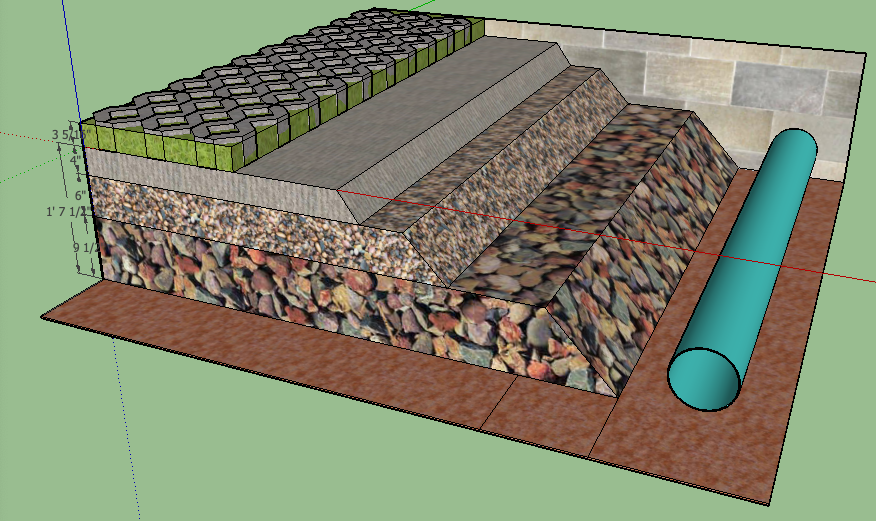Sustainable Summer in the City

This week I’m attending the 2014 Summer Institute on Sustainability and Energy, an annual, two-week intensive seminar on sustainability hosted at the University of Illinois at Chicago. The program’s packed schedule includes trips to Argonne National Lab, with whom we will be working on our final projects, and to O’Hare Airport to check out the moves they are making in the directions of sustainability.
A cursory survey of the group suggests that the mean age is probably in the mid twenties, with just under half of the students presently involved in their undergraduate studies, probably about the same proportion in graduate studies whether a Ph.D. or a master’s program, and the balance (myself included) involved in some sort of full-time professional work.

Pictured above is a sketch from a group project that required us to figure out what to do with a remediated former electrical substation in the middle of the University of Illinois at Chicago’s campus focusing on sustainability education and brownfield redevelopment. Our team, including myself (LEED GA, real estate finance, energy efficiency), Junjun (China, urban planning policy), Christine (K12 teacher), and Jason (LEED AP, interior design), and proposed building two connected structures that would serve as flexible event space and classroom space (indoor and outdoor), one structure being an “optimal” structure with high-performance, automated, and active technical systems, and the other being an “affordable” structure with more natural building materials and more passive characteristics. The exterior included plans for native tallgrass landscaping, test agricultural plots, and PaveGen, experimental kinetic energy capture technology (a lofty addition– “the donor steps,” as we called them, whose funding would help build the roughly $650,000 structure and landscaping). 2nd place out of 11, but we’ll do better for our final project!
Our final project assignments are broken down into four separate categories, each of which will involve eleven final project presentations. From the summaries:
1. Urban innovation (my group– perfect!): “Urban areas are undoubtedly fertile ground for innovative ideas and collaborative efforts. Universities, government entities, national laboratories, and businesses all exist in the same setting. How do we make the most out of this situation? How can we better collaborate to advance science, policy, and business initiatives in the energy sector?”
2. Duck Hunting: Addressing the macro-level grid impacts of high solar [photovoltaic] penetration: This is certainly the most engineering-heavy proposal and probably the most technically challenging, addressing the so-called “Duck Chart,” a graph of predicted daily electrical usage shaped somewhat like the eponymous bird that illustrates the need for major grid improvements. A society reliant on photovoltaic (PV) energy production is intrinsically more resilient, but a grid is not on its own– specifically, the chart indicates the fact that changes are going to have to be made to ensure that generation can adequately respond to the quite literal “night-and-day” effects of solar energy production on a daily basis.
Here’s how it works: Rates of electrical generation are mostly regulated by complex software and computerized controllers. When the sun rises, photovoltaic production spikes dramatically and suddenly, meaning that producers of non-photovoltaic electricity have to cut off their supply (the grid can hold a finite amount of electricity and you can’t just keep producing electricity at a steady rate because wires don’t hold extra electricity). When the sun sets, generation plummets, and non-PV plants have to quickly ramp up generation. This is problematic when you’re comparing thousands of arrays, each with perhaps a few dozen kilowatts of generation, whose users immediately need light after the sun sets– and when those kilowatts are contrasted with multiple-megawatt coal, nuclear, and natural gas plants. From the SISE document:
“According to their analysis, high penetrations of renewable energy, as a result of state goals (including a 33% renewable energy mandate by 2020), are leading to critical challenges to the integrity of the electric grid. These challenges include: short, steep ramps – when the ISO must bring on or shut down generation resources to meet an increasing or decreasing electricity demand quickly, over a short period of time; over- generation risk – when more electricity is supplied than is needed to satisfy real-time electricity requirements; and decreased frequency response – when less resources are operating and available to automatically adjust electricity production to maintain grid reliability.”

3. Revitalize the Fisk Generating Station: “Create a business model to repurpose the Fisk Generating Station that can be used as a model for other coal powered plants closing throughout the country [… identifying] planning issues under future scenarios to develop a strategy that effectively reuses the site and will benefit those who live in the surrounding community [… and considering] the social impacts the plant has had on the Pilsen neighborhood and how the site can benefit the local community.”
4. Innovate Chicago Corridors Using Sustainable Street Principles: Creating public policy and accompanying deployment strategy to create complete streets with adequate pedestrian accessibility, stormwater mitigation strategies, expanded and improved transit options.
Stay tuned as we develop our final projects, and follow the Institute on Twitter. Check it out on Twitter with at #sise2014 or @SISEatUIC or @handbuiltcity.


